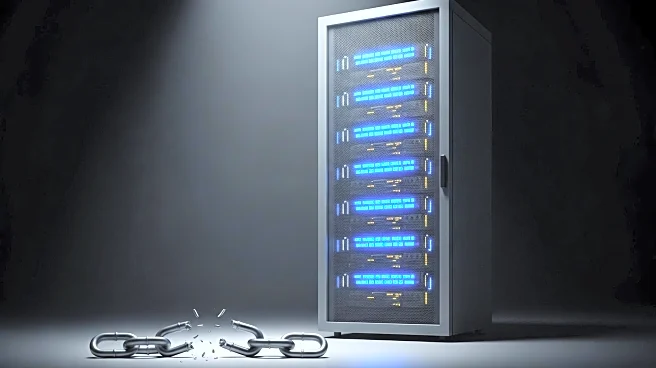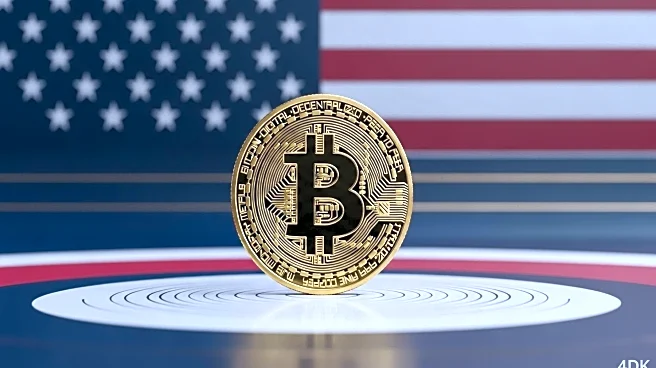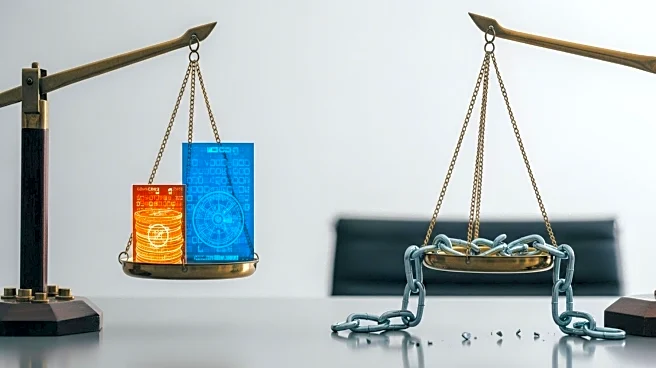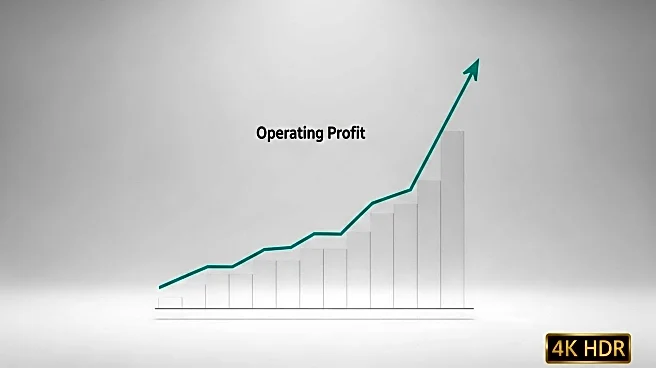What is the story about?
What's Happening?
ReaderLink and Baker & Taylor have announced the termination of their proposed acquisition deal. Earlier this month, ReaderLink had planned to acquire most of Baker & Taylor's assets and integrate much of its staff, while Baker & Taylor would retain its financial obligations. The deal was intended to stabilize Baker & Taylor, a library wholesaler facing financial difficulties. However, concerns arose regarding Baker & Taylor's ability to meet its outstanding financial obligations to publishers. The acquisition was contingent on due diligence and customary closing conditions, which were not met, leading to the mutual decision to call off the deal. As a result, Baker & Taylor will continue to operate independently.
Why It's Important?
The cancellation of the acquisition deal between ReaderLink and Baker & Taylor has significant implications for the publishing industry. Baker & Taylor's financial instability has been a concern for publishers, who are owed substantial amounts by the wholesaler. The termination of the deal means that Baker & Taylor must find alternative ways to address its financial challenges. This development could impact the distribution of books to libraries and other institutions, potentially affecting the availability of titles and the financial health of publishers reliant on Baker & Taylor's distribution network. The decision underscores the complexities and risks involved in mergers and acquisitions within the publishing sector.
What's Next?
With the deal off the table, Baker & Taylor will need to explore other strategies to manage its financial obligations and sustain its operations. This may involve restructuring its debt, seeking new investment, or finding alternative partnerships. Publishers and other stakeholders will be closely monitoring Baker & Taylor's next moves, as their financial health is directly tied to the wholesaler's ability to fulfill its obligations. The situation may also prompt discussions within the industry about the sustainability of current distribution models and the need for innovation in the supply chain.
AI Generated Content
Do you find this article useful?













